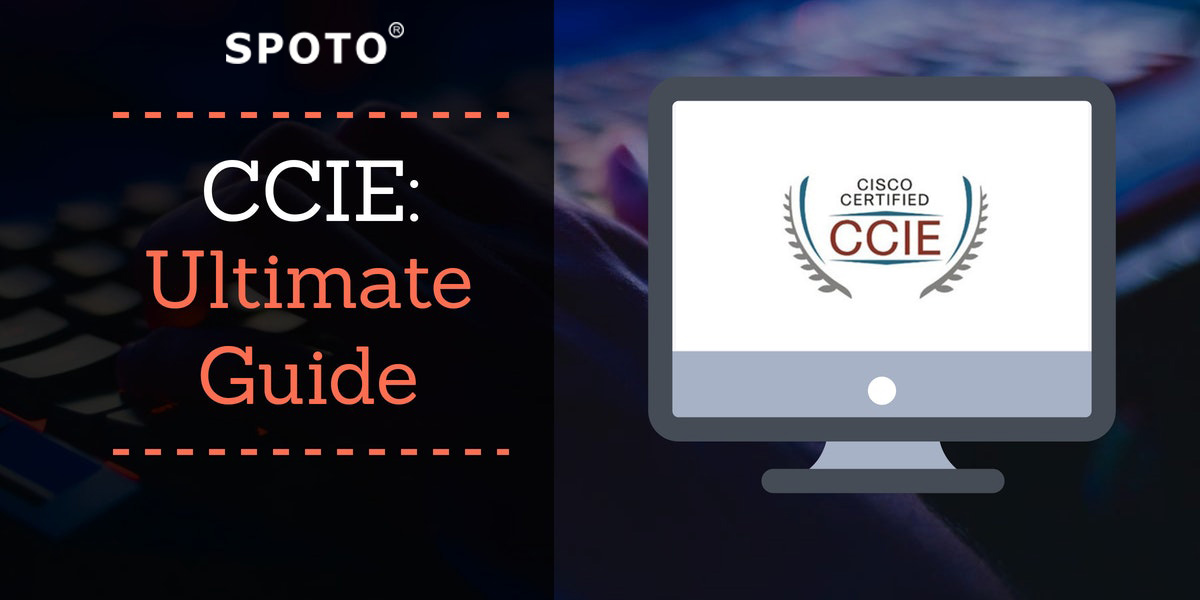Preparing for the CCIE Routing and Switching lab exam might seem to be a daunting and intimidating experience especially for first time CCIE Routing and Switching test takers. Outside of the obvious of studying for your exams, knowing what to expect is considered to be a major aspect of the preparation process. Herein, we are going to focus on a logical sequence of expectations about your CCIE Routing and Switching lab testing experience would be including knowing the necessary policies, tips on preparing for the exam, and test day expectations. The best way to prepare the CCIE Routing and Switching Lab Exam would be through the courses, which are being offered at the SPOTO Club.
1. Unified CCIE Routing and Switching Exam Topics. In order to ensure that candidates would be prepared with a comprehensive understanding of each topic, we have combined the existing CCIE Routing and Switching written and lab exam topics into one unified version. The Exam layout might have consisted of different modules like the Troubleshooting module, the Diagnostic module, and the Configuration module. Not all exam tracks would be having the same layout. For Example, The CCIE Routing and Switching Lab exam which would be consisting of a two-hour Troubleshooting section, a 30-minute Diagnostic section, as well as a five and a half hour Configuration section.
2. Troubleshooting Module: – This module would be distributing the events that would be independent of each other, meaning that the resolution of one incident doesn’t depend on the resolution of another. On some lab exams, the candidate would be allowed to borrow up to 30 minutes from the Configuration module. You won’t be able to see the Configuration module at that point and cannot know where the extra time would be needed the most.
3. Diagnostic Module: The main objective of this module is going to be assessed the skills which would be required to properly diagnose network issues. There is no access to a console but instead, questions are going to be presented in the form of troubleshooting tickets that would be required to close-ended answers in the form of multiple-choice, point-and-click diagrams, and drag-and-drop. Here you might have to analyze data for understanding the root cause of an issue, and you would be provided with a set of documentation that would be representing a snapshot of realistic circumstances where a network engineer might have to investigate an issue.
4. Configuration Module: This module setup closely mimics an actual production environment. You may be tasked to work on virtual instances of Cisco appliances and work with the physical devices.
BRIDGING AND SWITCHING
· What would be the size of the 802.1Q tag?
· Examine the diagram shown below, describe the flow of traffic in VLAN 12 from Switch A to Switch D.
· What would be the trunk setting that allows the port to trunk only if the port would be receiving the proper DTP frames?
IP IGP ROUTING
· What would be the five possible metric components for EIGRP and which two are to be utilized by default?
· Given the network diagram shown, what is the path traffic would be taken from Router A to Router B?
IP AND IOS FEATURES
· How could a Cisco router be assisting a client PC for obtaining a DHCP address from a DHCP server located on a remote subnet?
· What technology would be allowed a router to respond to the name resolution request of a host as if it were the destination host itself?
If you wish to have more questions, you should obtain the preparation courses, which are offered by the SPOTO Club.
More you may be interested:
1. Where Could You Get More Information And Study Material for CCIE Collaboration Lab?
2. Is it True that CCIE LAB is More Difficult Than Them in 2020?
3. How to Recertify CCIE Lab Certification?

 Join Telegram Study Group ▷
Join Telegram Study Group ▷














